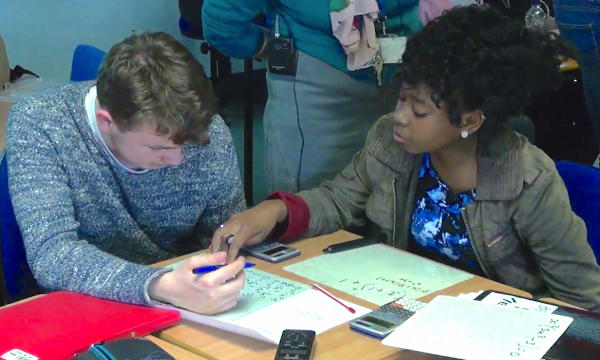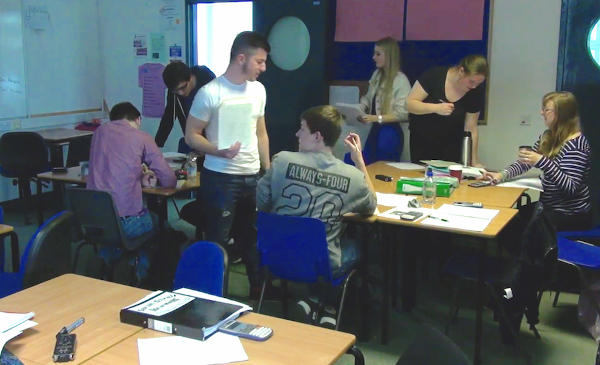These notes are intended to be read in conjunction with the resource files for the main task, Two-way calculus, including the teacher notes and solution.
Resource outline
Two-way calculus provides an opportunity to explore the use of calculus to determine stationary points, increasing and decreasing behaviour of functions, and relate this to the graph of the function. The resource can provide a framework for discussion of these ideas. Alternatively, the resource could be used to introduce ideas of turning points or integration.
Introducing the task and suggested ways of working

It might be helpful to have the table printed on A3 to allow room for sketching graphs. Providing mini-whiteboards could help to encourage sketching and adapting functions.
When introducing the task, emphasise that there are many different ways to complete the table. Give students some individual time for reading the table and thinking about any questions they may have. Then invite them to share these questions in pairs or small groups to encourage discussion and further progress with the task.
Some students may not understand the structure of a two-way table. Using the top left empty cell as an example could help to emphasise that the function in the cell has the properties given by its row and column heading.

Part way through the task, invite all groups to share some thoughts or exchange their work with other groups to see if they agree with each other. This may encourage students to revisit some of their suggested functions and headings to see if they can find more specific headings, or more general or surprising functions. It also offers an opportunity to check that students have understood what the properties in the row and column headings mean as they may have interpreted them differently.
Throughout the task, encourage students to think about how the curves should look as well as using algebra.
Extension
Complete the table using a different function in every cell.
This may encourage students to move beyond the examples they typically use. Some students may also start to modify their column and row headings.
Complete the table with a smaller number of functions.
This may encourage students to reflect on multiple properties of the example functions they have chosen, rather than on simply completing the table. Again, some students may modify column and row headings.
Prerequisites
Differentiation of polynomials, nature of stationary points, some familiarity with the language of stationary points and increasing or decreasing functions
Skills involved in this task
Differentiation (and integration) of polynomials, relating roots of polynomials to stationary points, classifying stationary points, sketching curves, reasoning and deduction

